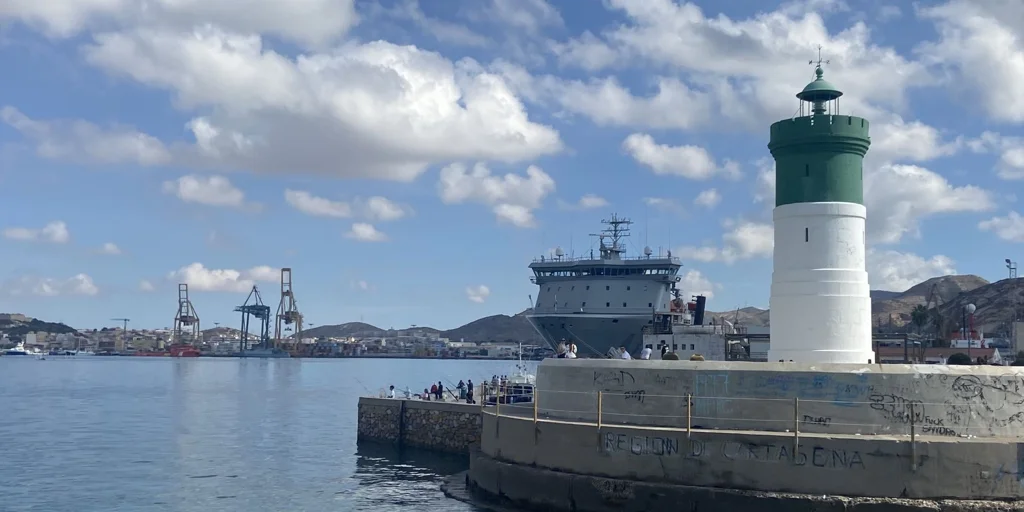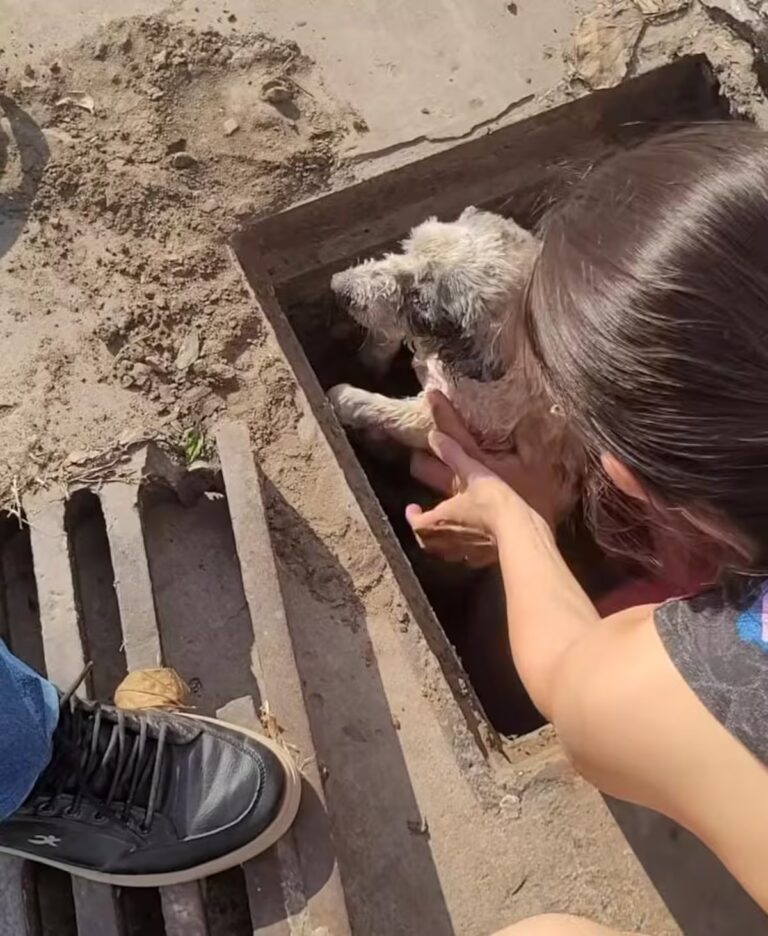
story of cartagena It is connected with its great harbor. From its founding in the Carthaginian era, to its first peak as the Roman colony of Hispania (Nova Carthage), to its military and defensive fortification during the Austrian and Bourbon eras. … At the end of the 20th century it was a major Spanish naval fortress located in: ferol and san fernando. In the middle of the last century, the Port of Escombreras benefited from the construction of Spain’s first oil refinery, coinciding with the decline of mining activity in La Union, and is now one of the country’s main cargo ports, transporting more than 30 million tons per year.
roman theater
At the end of the 20th century and the beginning of the 21st, Cartagena was sleepy until it was discovered by chance in 1988. roman theater This was the beginning of a change in direction for the city, which became even more so in 2003 when Rafael Moneo began leading the effort to create a new museum space at this monument built on the orders of Emperor Augustus. The architects devised an entrance to the museum in front of the City Hall and two archaeological underground passages, one of which would be underground. Santa Maria la Vieja Cathedral, The end of this “time tunnel” leads to an impressive theater staircase from the 1st century BC.
For centuries, this venue had been buried beneath a decaying quarter, and its capacity for 7,000 people was only larger than the audience in the Sagunto in Roman Hispania. Now, for visitors, it is a new icon of Cartagena that always surprises when this original tour ends. The museum opened in 2008, and its interior is resplendent with three circular altars dedicated to the Capitoline Gods (Juno, Jupiter, and Minerva) and the Courtship of Apollo (The Graces, the Muses, and Time).
Cartagena Roman Theater
Forum District and La Casa Fortuna
Cartagena’s Roman footprints, Roman Forum areaa three-storey museum where 350 archaeological objects discovered in the area of Cerro del Molinete since 2008, close to the port of its origin, are on display, among which the paintings of the Muses and Apollo and the Horn of Plenty (67 cm) stand out. Excavations have made it possible to see where the temple of the deified Emperor Augustus was, the curia, the seat of the Senate with its rich marble, the sanctuary of Isis, an ancient road with chariot tracks, baths, and a colonial forum with a high-walled atrium building used to celebrate ritual banquets.
To discover more about Rome’s heritage, the following places are worth visiting: house of fortunea 204 square meter house owned by a wealthy family at the end of the 1st century BC. On this tour, you can admire screens depicting images of Herculaneum and a Roman road that leads to various rooms decorated with mosaics and murals filled with great mythological symbolism. In some of them you can admire very well preserved images of swans, images of houses, swastikas, flowers and pomegranates.
-U54101180341XQa-760x480@diario_abc.jpg)
house of fortune
walk through the old town
These places are located in ancient cities and must be explored on foot. For example, through Calle Mayor, Cervantes Housein its old bar, local Antonio Álvarez Alonso composed the famous song “Spanish Sigh” in 1902. A casino, a grand hotel whose magnificent dome reflects French and Viennese modernism, and a magnificent town hall at the end of the road, with the harbor already visible. Civil weddings are usually celebrated in this building, while religious weddings are held inside the building. church of charity where is the image of Our Lady of Sorrowspatron saint of Cartagena.
You can also head to Plaza Santo Domingo to see Casa Maestre (1906), which was inspired by Gaudi’s Casa Calvet. It has a beautiful rococo decoration in an urban setting dominated by a 25 meter high ficus planted in 1893 and several tropical palm trees.
Thanks to the panoramic elevator, you can continue your walk to the highest point of the city. Along with access, what you can’t miss is Civil War Museum Shelterone of the many shelters that residents used to protect themselves in a city that was bombed more than 100 times during the civil war.At the top is the Concepción Castle, which has medieval origins and offers 360-degree panoramic views of Cartagena and all its surroundings. On one of its observation decks, you’ll notice the city’s next Roman discovery, the amphitheater hidden beneath the bullring built into the Colosseum’s high walls, which hosted over 11,000 spectators. The amphitheater is scheduled to open in late 2026.
-
1
How to get there: Take the AVE to Murcia, then take a suburban train to Cartagena in 1 hour.
-
2
Where to stay: Sercotel Alfonso XIII is a 4-star hotel with 124 rooms that is the perfect base for exploring Cartagena on foot.
-
3
Where to eat: Magoga, proposed by Maria Gomez and Adrian de Marcos and awarded a Michelin star. La Marquesita, a wonderful traditional restaurant run by Almudena Ferrer. Mi Mare is a gastro bar where you can enjoy tapas, portions and cocktails during your meal.
port
Your visit to Cartagena will culminate in the port of Cartagena. National Underwater Archeology MuseumThere is also a Naval Museum, where some of the treasures of the frigate Nuestra Senora de las Mercedes are displayed, consisting of more than 650,000 gold and silver coins, and a room dedicated to Isaac Peral and the submarine, where you can admire the original prototype of the Cartagena Engineer, launched in Cadiz in 1888. However, to get a better idea of how the entire bay is laid out, a boat ride is probably the best idea. During the tour, you will be able to see the great importance of Cartagena as a military city, surrounded by fortifications, ramparts and coastal batteries, as well as the approximately 50 defenses that are envisioned as the next major defense facility. UNESCO World Heritage Site.



